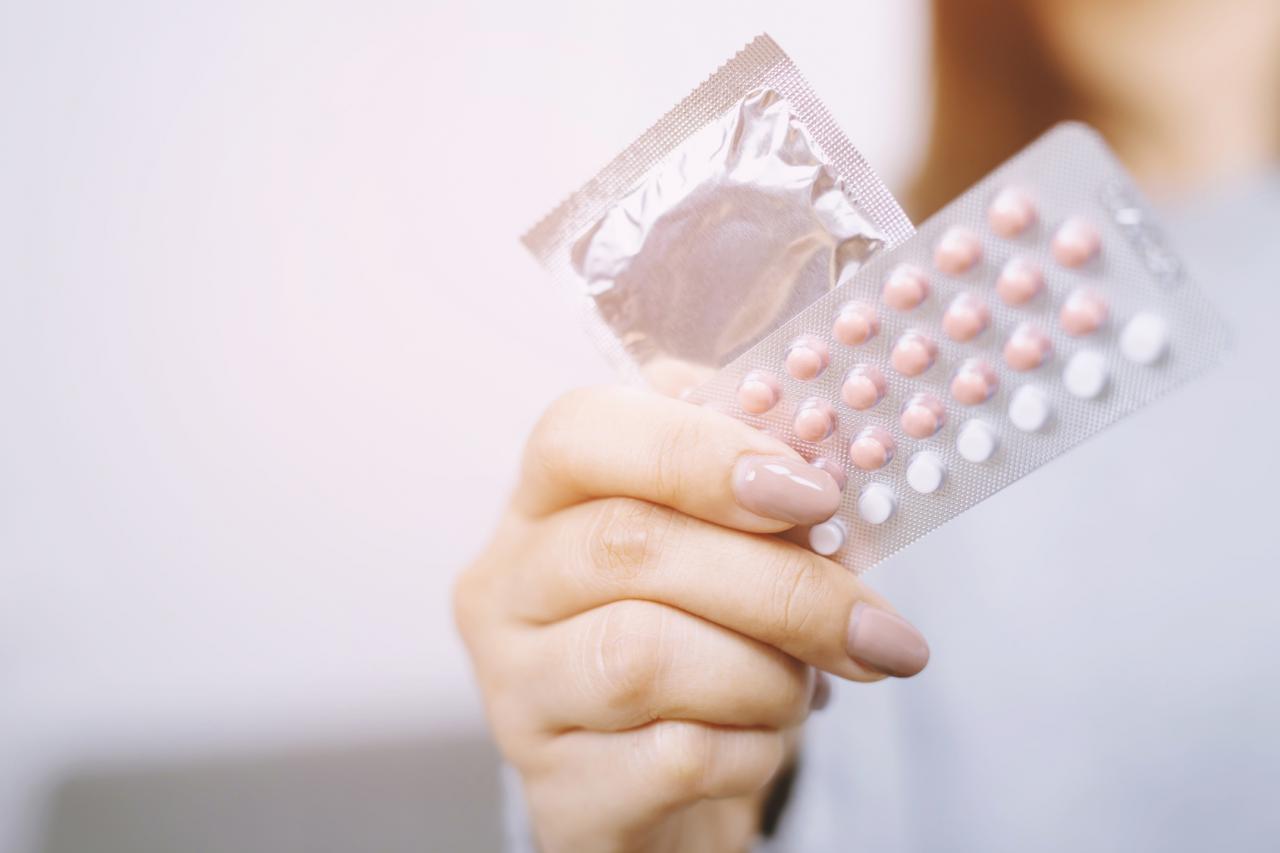 Photo: Getty Images
Photo: Getty Images
With so much information out there in regards to sexual health and the reproductive processes, it is so important to get the truth. In very few circles is sex still taboo. Like it or not, correct or false, sexual messages and images permeate movies, songs, videos, commercials and books. So with the help of the Mayo Clinic, this article will answer several questions and hopefully clear up any misconceptions:
You can get pregnant without your partner ejaculating.
True. It’s called pre-ejaculation fluid. According to the Mayo Clinic, pre-ejaculation fluid may contain sperm. Withdrawal is one of the cheapest and oldest forms of birth control. With this method, the penis is taken out of the vagina before ejaculation can occur. However, this method is way from reliable due to the possibility of some of this fluid, which may contain sperm, being inadvertently released into the vagina. To protect yourself from pregnancy and any sexual transmitted diseases, it is a better idea to see your doctor to select the best birth control for you.
Once outside of the body, sperm can only survive a short time.
True and false. Much depends on the environmental conditions according to the Mayo Clinic. When released into the women’s vagina, sperm may live up to five days or longer. And remember, as long as the sperm remains alive, fertilization is possible. However, sperm on the outside of the body will only last a few minutes to a few hours.
You can tell from bodily signs when you are ovulating.
True. Plainly defined, ovulation is the release of an egg from the ovary. Usually, this happens about the fourteenth day of the menstrual cycle. Of course, the time of the cycle itself is different for different women. Bodily signs are as follows:
• Your basal body temperature - the temperature when you are fully at rest. This temperature increases during ovulation. There are specific thermometers for measuring your basal temperature or a digital thermometer will do. Start charting your temperature and at least two or three days before it rises, that’s when you will be most fertile.
• Vaginal secretions. Right before ovulation some women have a clear, slippery discharge that resembles raw egg whites.
• Mild abdominal cramps.
If all else fails, there are over-the counter ovulation kits sold. Urine is tested for an increase in hormones which normally appears right before ovulation.
Best in Health!
Resource: Mayo Clinic
Dita Faulkner is a freelance writer that lives in the Southern U.S. where the leaves and the temperature are falling.





Add a CommentComments
There are no comments yet. Be the first one and get the conversation started!